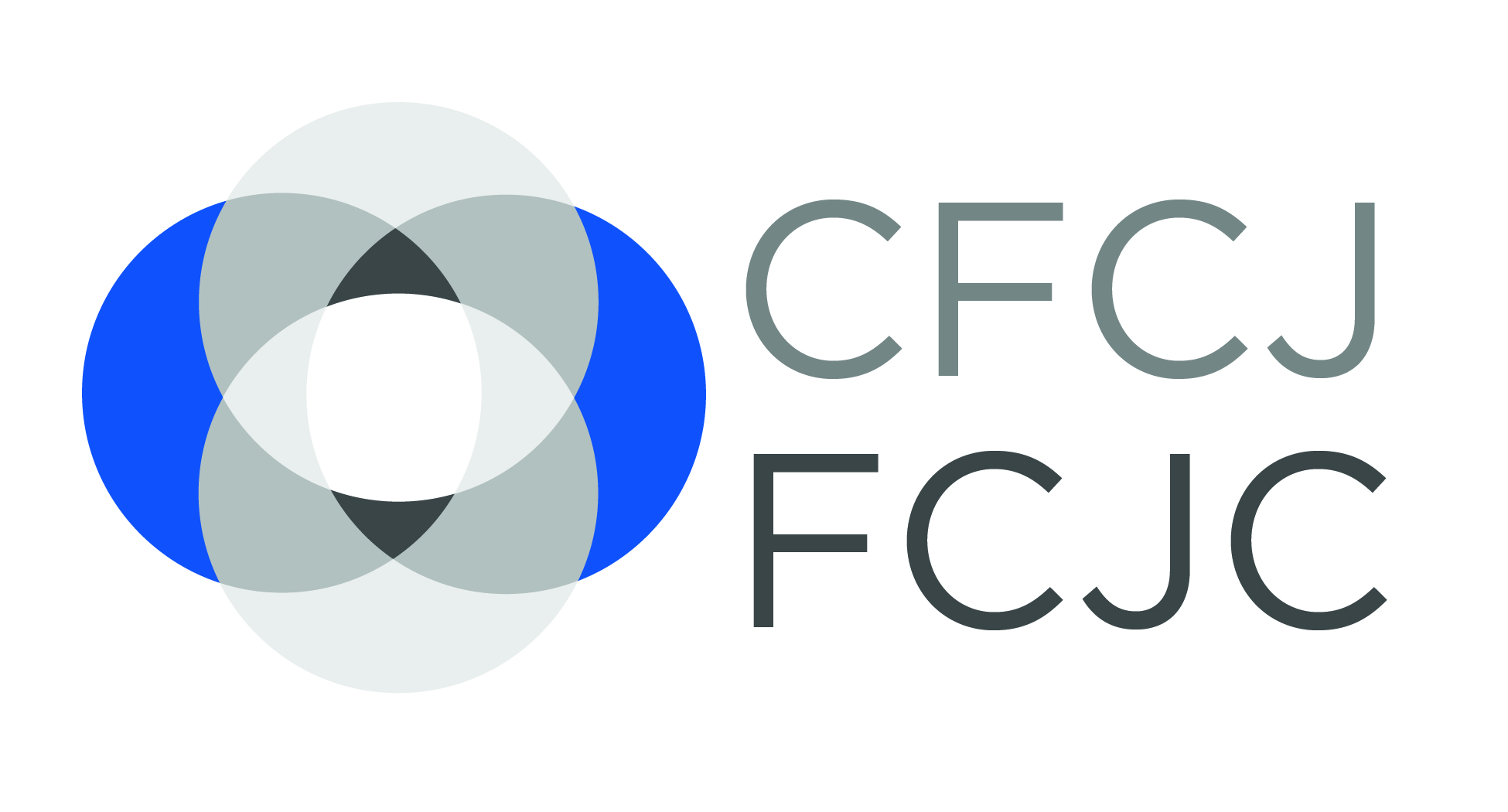A Whole of Government and Cross-Institutional Perspective on Legal Aid
Ab CurrieWednesday, May 29, 2024
One of the take-aways from a recent OECD meeting on People-Centered and Accessible Justice was that a whole of government approach is key for planning and implementing cohesive reforms and ensuring that institutional boundaries do not limit justice (Tatyana Teplova, Executive Leader in Governance and Policy, OECD, “Making People-Centered Justice Happen to Strengthen Democracy and Prosperity: Ensuring Impact and Implementation”, May 14, 2024, Vienna, posted on LinkedIn 24/05/24). This principle applies well to legal aid in view of the changes within socio-legal scholarship and in progressive legal practice over the past couple of decades in our understanding of the nature of legal problems, of justice, and access to justice. Providing legal service is now generally viewed as being about more than using legal action to resolve legal issues. Legal problems are part of the experience of human adversity with all its messiness, and part of the larger set of life problems that trigger or have been triggered by one or more legal problems. The view among progressive legal service providers is that service outcomes should bring about improvements in the well-being of people being assisted. These include secure residence, secure livelihood, improved family life, personal security and reduced stress. Legal action may be a key element in achieving any of these objectives. However, other service providers in the community may have the skills and resources that in collaboration with legal services can bring about more holistic and durable outcomes for people in need. Building a network of access to justice services is important in achieving holistic outcomes.
As the OECD key take-away message suggests, we need to start thinking across traditional institutional boundaries. Governments, including the Ministries of the Attorney General and Departments of Justice, should think about legal aid as an instrument to achieve the goals related to the dimensions of social disadvantage within their domain. Donor organizations with poverty deduction and related mandates should think about legal aid as a way to advance their objectives.
There are many examples of community legal clinics, holistic criminal defense offices and family law services that have been providing holistic services for many years. In doing so, however, we have set the bar higher for achieving access to justice but without increasing the resources to do the job. A whole of government, cross-institutional approach might bring us closer to the resources that are needed to achieve justice and access to justice as we have now come to understand those objectives.



